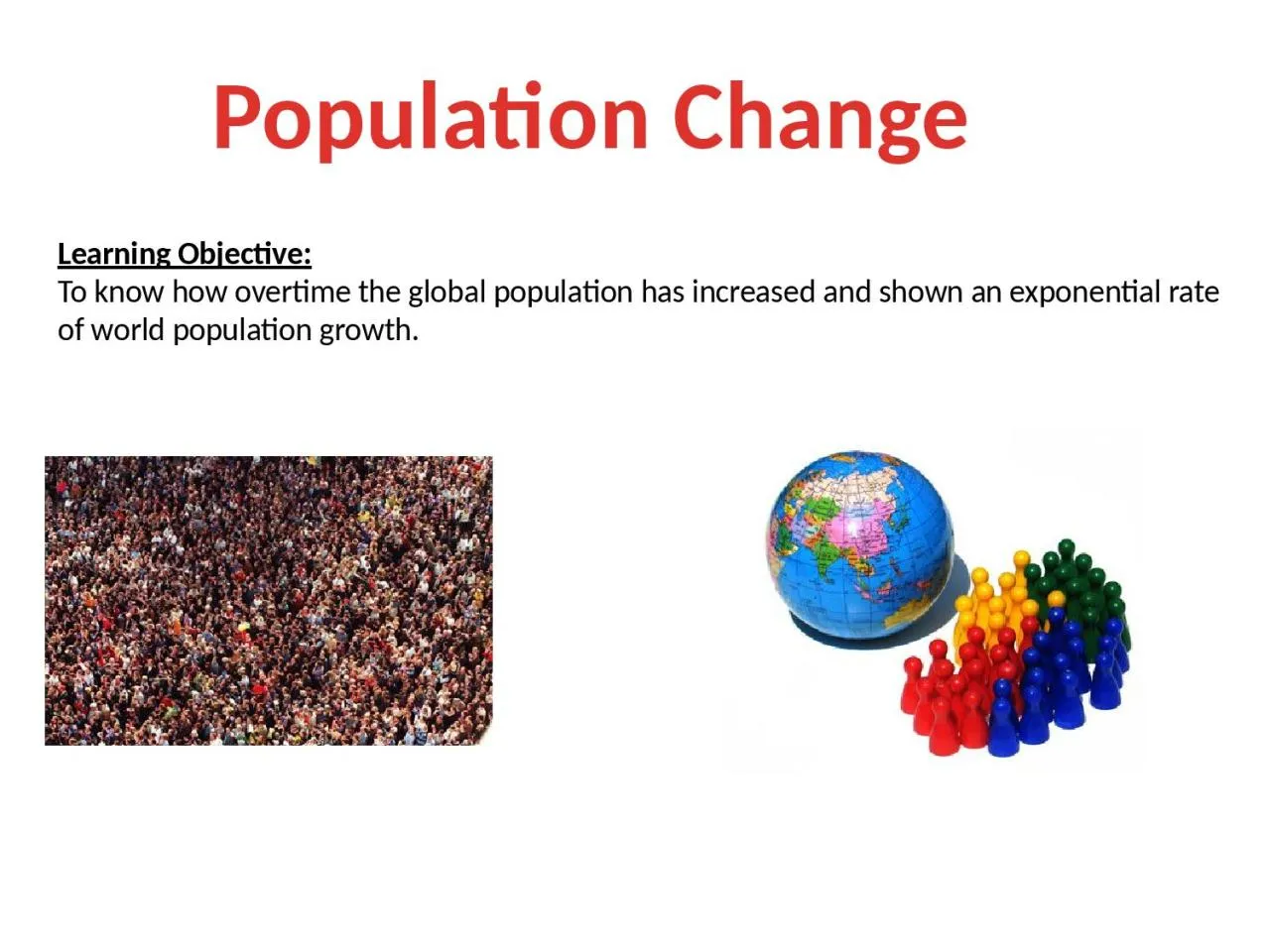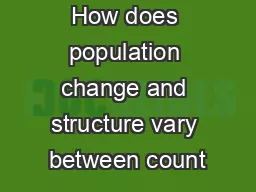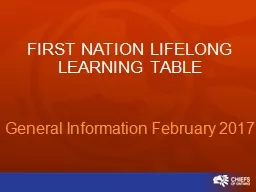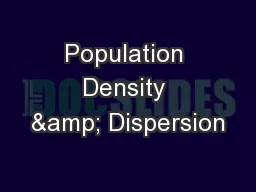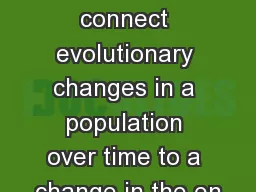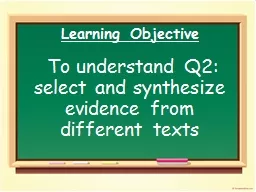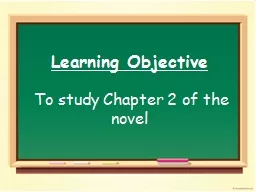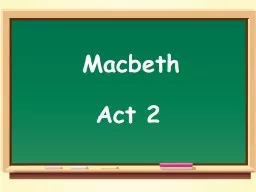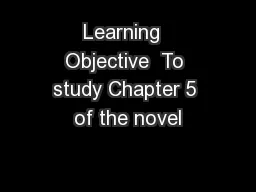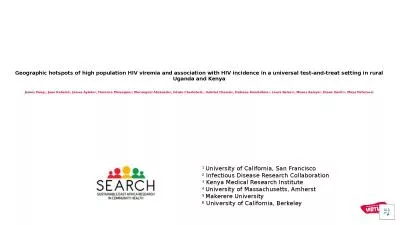PPT-Population Change Learning Objective:
Author : beatrice | Published Date : 2022-05-31
To know how overtime the global population has increased and shown an exponential rate of world population growth httpwwwpoodwaddlecomclocksworldclock httpnewsbbccoukplayernolnewsid7260000newsid72621007262120stmbwbbampmpwmampasb1ampnews1ampbbcws1
Presentation Embed Code
Download Presentation
Download Presentation The PPT/PDF document "Population Change Learning Objective:" is the property of its rightful owner. Permission is granted to download and print the materials on this website for personal, non-commercial use only, and to display it on your personal computer provided you do not modify the materials and that you retain all copyright notices contained in the materials. By downloading content from our website, you accept the terms of this agreement.
Population Change Learning Objective:: Transcript
Download Rules Of Document
"Population Change Learning Objective:"The content belongs to its owner. You may download and print it for personal use, without modification, and keep all copyright notices. By downloading, you agree to these terms.
Related Documents

